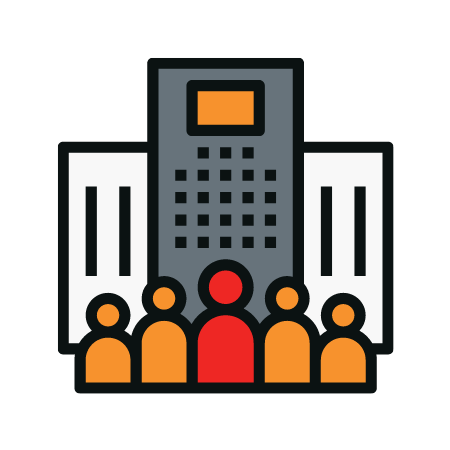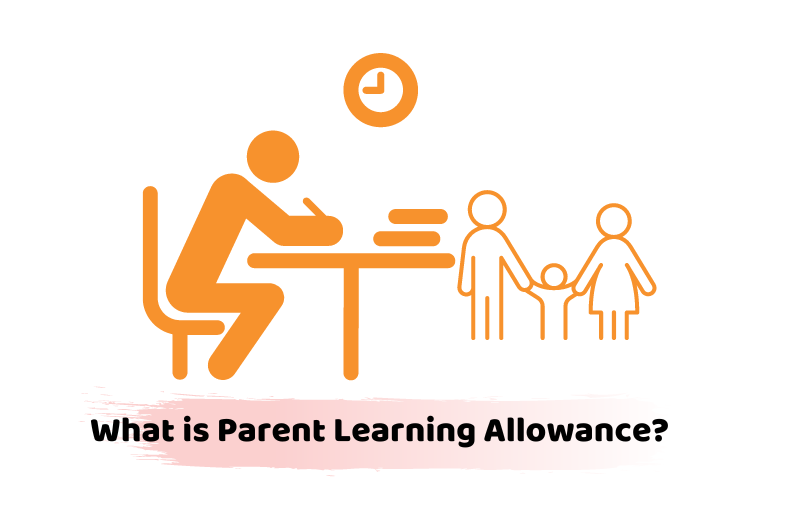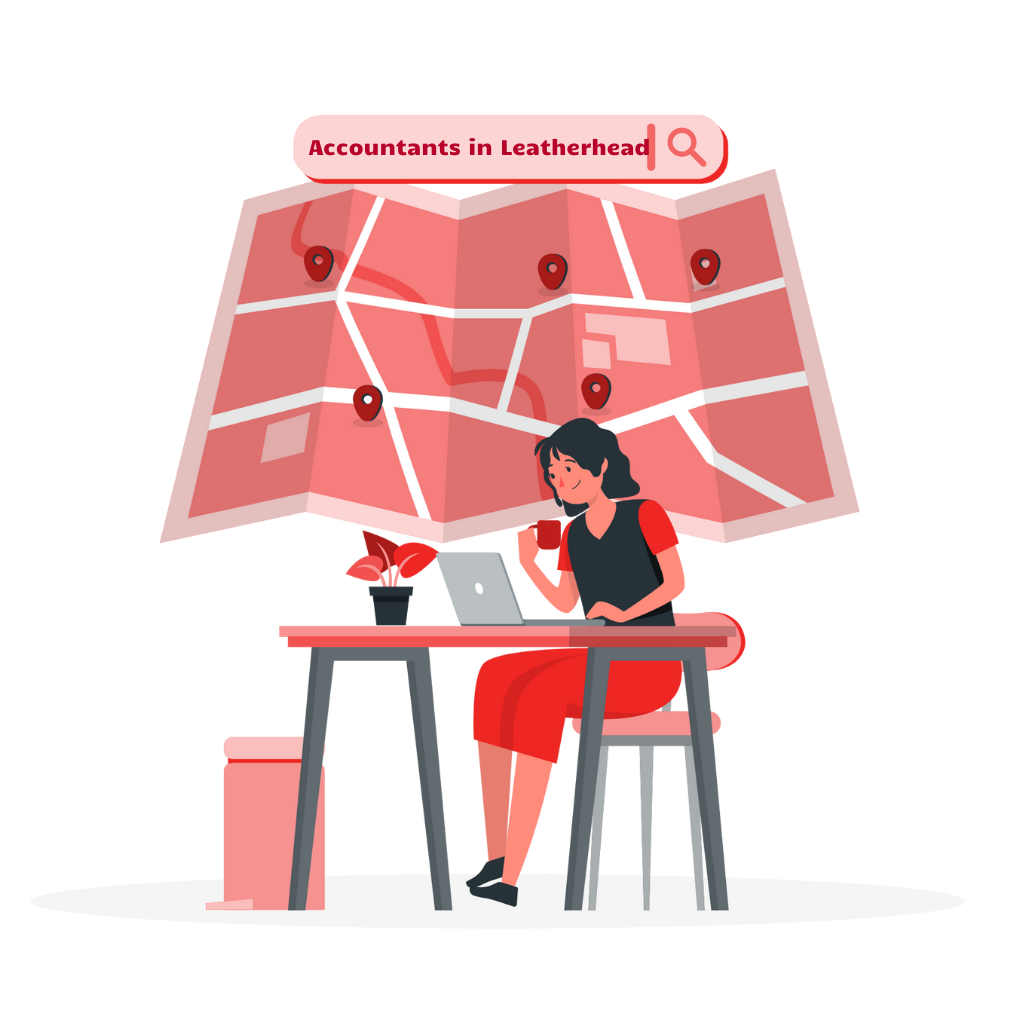Covid -19 had a devastating impact on many businesses with significant numbers closing for good. However, many workers who were made redundant or furloughed took the opportunity to set up their own businesses. According to the Government’s December 2021 report ‘Business Statistics’ an estimated 810,316 new businesses were launched in the financial year ending in 2021 — the highest number on record. The report also noted that there had been a distinct fall in the number of employees and said that it was believed that the decline was ‘due to the growth in self-employment’. You may have been one of those who started selling one or two items possibly online and if so are you ‘trading’ in the eyes of HMRC?
Badges of Trade
The answer to that question can be found in looking for the presence or absence of common features or characteristics of trade. These are the ‘badges of trade’ that have been identified by case law as follows:
- profit-seeking motive — is the intention to make a profit or just sell items no longer needed?
- the number of transactions – systematic and repeated transactions;
- the nature of the asset – an asset that can be turned to an advantage;
- similar trading – transactions that are similar to those of an existing trade;
- modification of the asset — repairing, modifying or improving an asset to make it more saleable or saleable at a greater profit;
- method of sale – selling an asset in a way that would be typical of other trading organisations;
- method of finance – selling an asset to repay funds borrowed to purchase the item (s);
- interval of time between purchase and sale – the shorter the interval between both, the more likely trading has taken place;
- method of acquisition – an item acquired by inheritance or gift, for example, is less likely to indicate a trading transaction.
It is important to note that no one ‘badge’ designates a trading activity — the activity needs to be looked at as a whole although HMRC has stated that one of the more important ‘badges’ is the second one which considers the ‘nature of the asset’. HMRC quotes items such as investments and works of art as not necessarily purchased with a view of trading.
When Should HMRC Be Advised?
Even if the activity could be deemed as ‘trading’ there may be no requirement to notify HMRC; this would be particularly relevant should the gross annual trading income in the tax year from one or more trades is £1,000 or less under the ‘Trading Allowance’. However, there is a proviso that should you already be self-employed in another activity and separately sell items as a trading activity (e.g. on e-bay) then this allowance cannot be used for the separate trading activity.
It may be possible to make use of the Trading Allowance if by doing so the calculation produces a bigger reduction than the usual income less expenses figure to ascertain the taxable profit. Be aware that if the calculation using actual expenses produces a loss then it would be more beneficial to not claim under the Trading Allowance as its deduction cannot create a loss.
Practical Point
Class 2 and/or Class 4 National Insurance contributions may be payable should the profit exceed the limit of £6,725 for Class 2 NIC and £11,908 for Class 4 NIC.
























































